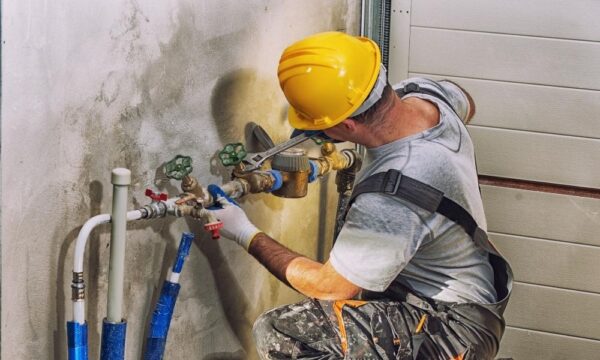Introduction
Plumbing Woes The integrity of sewer pipes is crucial for the smooth drainage of every household and building. Over time, these pipelines face the inevitable risk of wear and tear, potentially leading to property damage. As a homeowner, the distress caused by sewer line leaks or backups, accompanied by unpleasant odors and mess, is all too familiar.
Identifying the Culprits: Causes of Sewer Line Damage
Determining the root cause of sewage issues can be challenging, necessitating proactive measures to prevent further complications. Active Plumbing, home to seasoned professionals, stands ready to address these concerns seamlessly.
Rusty Pipes
While pipes are typically crafted from galvanized steel or cast iron to ward off rust, the accumulation of magnesium and calcium poses a risk. Left unaddressed, this buildup can result in vulnerable cracks and leaks.
Roots of Large Trees
The growth pattern of tree roots, following the water flow, becomes problematic when a small pipe leak attracts these roots. As a consequence, trees entwine around the pipes, causing clogs and weakening the structure.
Extreme Climate
Harsh weather conditions, be it snowfall or extreme cold, can lead to frozen pipes. The subsequent expansion of ice within the pipes has the potential to cause ruptures. Similarly, high temperatures can also contribute to sewer pipeline bursts.
Debris and Waste Materials Clog
Sewage lines are designed to handle human waste and toilet paper. However, flushing non-disintegrable items like wrappers and sanitary napkins can lead to blockages within the sewer lines.
Recognizing Sewer Line Damage: Telltale Signs
Preventing a recurrence of sewer line damage requires swift action upon detecting the following indicators:
Clogged Drainage
Impaired water flow through a pipe leading to a faucet signals a potential clog. Gurgling sounds in toilets should prompt immediate plumber intervention.
Foul Smell and Flooded Yard
Sewer pipe leaks emit unpleasant odors, affecting the grass on your lawn. Additionally, broken pipes may pool water, gradually flooding your yard—both scenarios warranting prompt plumber consultation.
Water Contamination and Damage
Mold growth on walls and floors could indicate leakage in drainage lines, demanding timely inspection and repairs.
Solutions: Fixing and Setting Your Sewer Pipeline
Addressing sewer line issues entails two distinct methods, each suited to varying degrees of damage:
Pipe Bursting
Employed for extensive damage, this method involves feeding a cone-shaped bit through the existing tube, destroying it, and replacing it with a new one. Although effective, this process is time-consuming and costly.
Pipe Lining
Reserved for minimal damage, pipelining involves inserting an inflatable tube into the existing line. Once inflated, the epoxy hardens, curing the line and repairing the leak efficiently.
Conclusion
In instances of complete sewer pipeline damage, immediate action is imperative. While the cost of sewage pipe repair may seem steep, the long-term benefits make it a worthwhile investment in maintaining a functional and odor-free living space.
